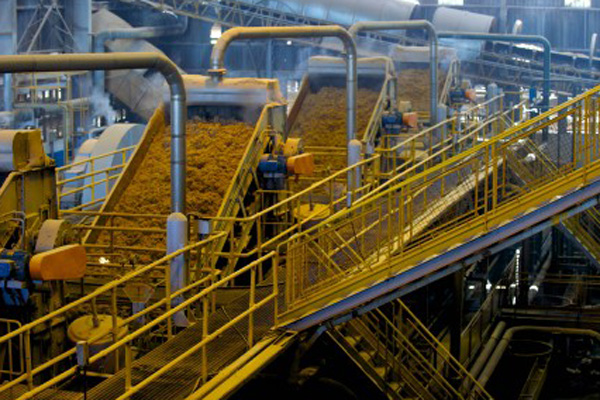What are the climate-change ramifications of clearing away forests? In a finding that could influence how climatologists forecast the pace of global warming – and strike a blow against some forms of bioenergy – UC Davis researchers say it all depends on what’s done with the wood taken out of the forests.
Writing in the journal Nature Climate Change, the Davis scientists say that if the wood from cleared forests is used to produce bioenergy or pulp for paper, all the carbon is released immediately. But if the forest wood is used as solid wood products – as lumber for housing, for instance – a big portion of the carbon could remain stored away for decades.

“We found that 30 years after a forest clearing, between 0 percent and 62 percent of carbon from that forest might remain in storage,” J. Mason Earles, a doctoral student with the UC Davis Institute of Transportation Studies and a lead author of the study, says in a statement. “Previous models generally assumed that it was all released immediately.”
To reach their conclusions, the Davis researchers looked at how forests are harvested in 169 countries. They found stark differences: In the coniferous forests of Europe, Canada and the United States, wood from cleared forests tends to become lumber; in the tropical forests of the Southern Hemisphere, the wood is used to generate power and to make paper.
“Carbon stored in forests outside Europe, the USA and Canada, for example, in tropical climates such as Brazil and Indonesia, will be almost entirely lost shortly after clearance,” the study states.
Bioenergy – biofuels and biomass – has its supporters, but the last decade has seen a succession of scientific reports calling into question its environmental impact. Just this spring researchers from Purdue and Stanford reported that the extra volatility that climate change could bring to the corn market would be further exacerbated by biofuel mandates, which they claimed could help to increase price volatility by about 50 percent.
And last fall, the National Acadamies – consisting of the National Academy of Sciences, National Academy of Engineering, Institute of Medicine, and National Research Council – reported that U.S. policy incentivizing biofuels production may be an ineffective in reducing global greenhouse gas emissions, and that it could have mixed economic and environmental effects. The environmental impacts of bio-based fuels are highly dependent on site-specific factors, such as the types of feedstocks and management practices for land and water use. While biofuels production has been shown to have both positive and negative effects on water quality, soil, and biodiversity; air-quality modeling suggests that the production and use of ethanol is likely to increase air pollutants such as particulate matter, ozone and sulfur oxides.

This new research could be yet another blow against against plant-based fuels, UC Davis suggests.
“The study’s findings have potential implications for biofuel incentives based on greenhouse gas emissions,” says the UC Davis statement. “For instance, if the United States decides to incentivize corn-based ethanol, less profitable crops, such as soybeans, may shift to other countries. And those countries might clear more forests to make way for the new crops. Where those countries are located and how the wood from those forests is used would affect how much carbon would be released into the atmosphere.”